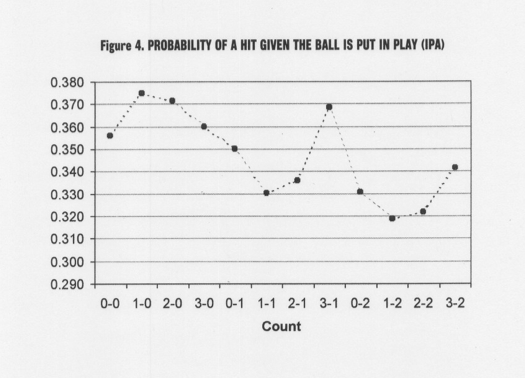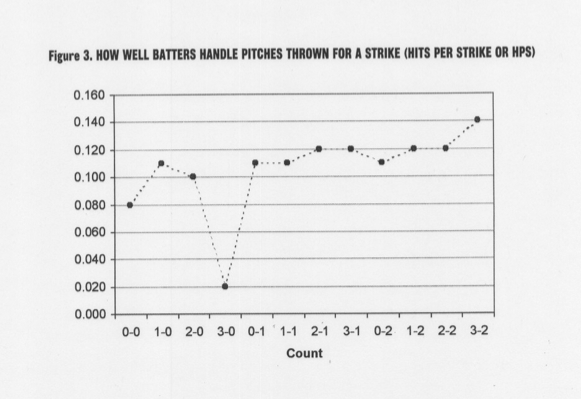More reasons to throw strike one
July 30, 2012 by Coach McCreary
Filed under Pitching
For over a century now, coaches have been telling their pitchers that “the best pitch in baseball is strike one.” Still, many pitchers struggle to lay that first one over the plate. Connected to all this is the debate that still surrounds baseball about whether or not a hitter should swing at the first pitch. In tomorrow’s post, I’ll give my view on swinging at the first pitch but for now, let’s look at it from the pitcher’s perspective.
When you search for batting average and slugging statistics by pitch count you get a lot of numbers that I believe to be a little flawed. For example, no matter what set of numbers you look at in the studies, batting averages on the first pitch of an at-bat tend to be in the mid-.300 range with a pretty good slugging percentage also. Seeing these numbers, it’s understandable that pitchers might be a little cautious about throwing that first pitch over the plate. In baseball standards, a .350-ish average is obviously quite dangerous. However, I believe just about all of these stats are flawed because they only measure the batting averages of balls “put into play.” Here is an example. (I’ll explain the source in a little while)
When a ball is put into play, three things can happen. A hit, an error, or an out. When you take away the “put into play” rule, however, more things can happen. The strike can be put into play for a hit, error, or an out but it can also be fouled off, taken for a strike, or swung on and missed. The last three tend not to be added to any statistics. The chart below is the exception.
This second chart counts the takes, foul balls, and misses as “non-hits” and adds them to the data instead of ignoring them. As you can clearly see, when you add the three other outcomes that can occur on a first pitch strike, the average drops to .080! Basically, the batters had an 8% chance of getting a hit (all outcomes added) if the first pitch is a strike. I’d say that’s a clear advantage for the pitcher, wouldn’t you? A lot of this has to do with the fact that, according to the study that compiled this data, the batter took the first pitch strike 49% of the time.
These charts were part of a study done at Stanford University using data collected between 1998-2001 using the university’s baseball team (See the entire report on the study HERE). I’ve collected similar data on my pitchers (high school, college, and professional) in the past and have seen others where the results were practically the same as the second chart.
If your team keeps a pitching chart for your pitchers, calculating this (I would say more valid) number is simple. Count up how many times the pitcher threw a first pitch strike and divide it by the number of hits that occurred on the first pitch.
When you do, your pitchers will probably see even more advantage to throwing first pitch strikes.







Leave a Reply